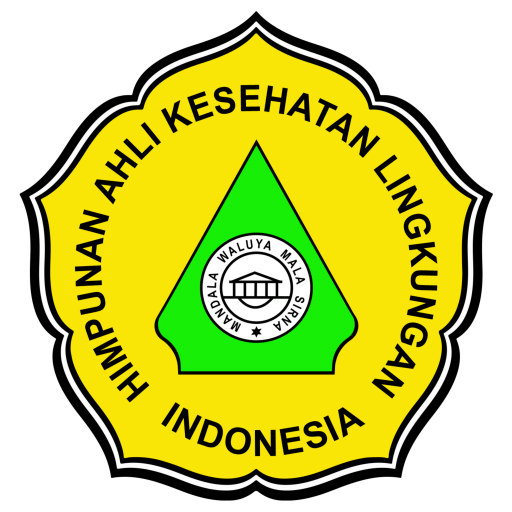PENGARUH SUMBER AIR BERSIH, JAMBAN, DAN POLA ASUH TERHADAP STUNTING PADA BALITA DENGAN DIARE SEBAGAI VARIABEL INTERVENING
Abstract
Keywords
Full Text:
PDFReferences
Menteri Hukum Dan Hak Asasi Manusia RI. 2009. Undang Undang Nomor 36 Tahun 2009 Tentang Kesehatan. Jakarta: Sekretariat Negara RI
Notoatmodjo S. 2012. Promosi Kesehatan Dan Perilaku Kesehatan. Jakarta: Rineka Cipta.
Fikawati sandra dkk. 2017. Gizi Anak Dan Remaja. Depok: PT Raja Grafindo Persada.
Poonum S. Korpe and William A. Petri. 2012. Environmental Enteropathy: Critical Implications Of a Poorly Understood Condition. Trends Mol Med. 2012:328-336.
United Nations Children’s Fund. 1998. The State of the World ’ S. New York: Oxford University Press.
Subagyo B dkk. 2010. Diare Akut. Jakarta: Badan Penerbit IDAI.
Syahrizal. 2014. Hubungan Penanganan Sampah Dengan Kejadian Diare Pada Balita Di Wilayah Kerja Puskesmas Ingin Jaya Kabupaten Aceh Besar. 2014;9:69-75.
Checkly W et. al. 2003. Effect Of Accute Diarrhea On Linear Growth In Peruvian Children. 2003;157:166-175.
Adiyanti M dan B. 2014. Pola Asuh Gizi, Sanitasi Lingkungan, dan pemanfaatan Posyandu Dengan Kejadian Stunting Pada Baduta di Indonesia (Analisis Data Riskesdas Tahun 2010).
Kementerian Kesehatan RI.2011. Pedoman Pembinaan Perilaku Hidup Bersih dan Sehat (PHBS). Jakarta: Kementerian Kesehatan; 2011:2269/MENKES/PER/XI/2011.
Kemenkes RI. 2011. Buletin Jendela Data dan Informasi Kesehatan Situasi Diare di Indonesia. J Bul Jendela Data Inf Kesehat. 2011;2:1-44.
Spears D, Ghosh A & CO. 2013. Open Defecation and Childhood Stunting in India: An Ecological Analysis of New Data from 112 District.
Unicef WWB, Wardlaw T, Newby H, et al. 2012. Level and Trends in Child Malnutrition.
Kementrian Kesehatan RI. 2016. Situasi balita pendek. Info Datin. 2016:2442-7659. doi:ISSN 2442-7659
Trihono dkk. 2015. Pendek (Stunting) Di Indonesia, Masalah, Dan Solusinya. Jakarta: Badan Penelitian dan Pengembangan Kesehatan.
Badan Penelitian dan Pengembangan Kesehatan. 2013. Riset Kesehatan Dasar Kementrian Kesehatan RI. Jakarta: Kementerian Kesehatan RI; 2013:50-59;209.
Seksi Bidang Gizi. 2017. Prevalensi Status Gizi Berdasarkan Hasil Pemantauan Status Gizi Kota Padang. Padang: Dinas Kesehatan Kota Padang.
Puskesmas Air Dingin. 2017. Laporan Tahunan 2017. Padang: Puskesmas Air Dingin.
DOI: https://doi.org/10.31983/keslingmas.v39i1.5619
Article Metrics
Refbacks
- There are currently no refbacks.

Buletin Keslingmas (p-ISSN : 0215-742X, e-ISSN : 2655-8033 ), diterbitkan oleh Jurusan Kesehatan Lingkungan Politeknik Kesehatan Kemenkes Semarang Jl Raya Baturaden Km. 12 Purwokerto, Jawa Tengah, Indonesia. Telp/Fax. 0281-681709
Email : buletinkeslingmas@poltekkes-smg.ac.id
Buletin Keslingmas is licensed under a Creative Commons Attribution 4.0 International License

.png)
.png)
.png)









